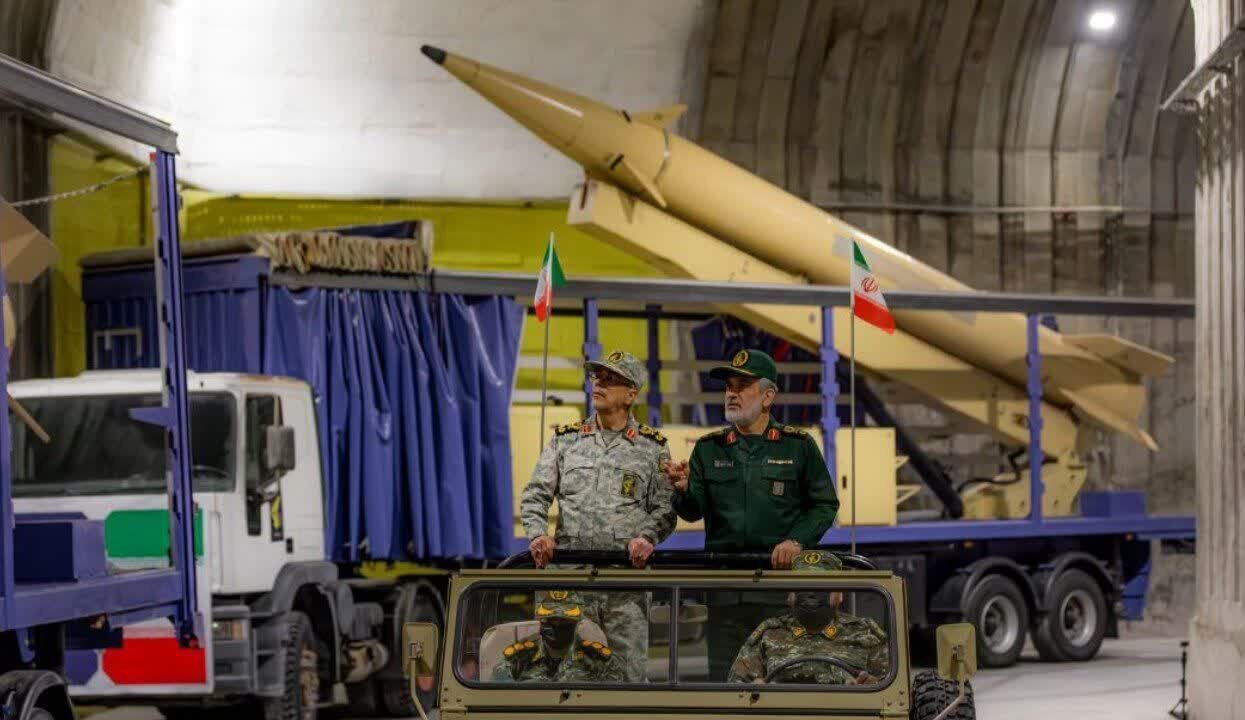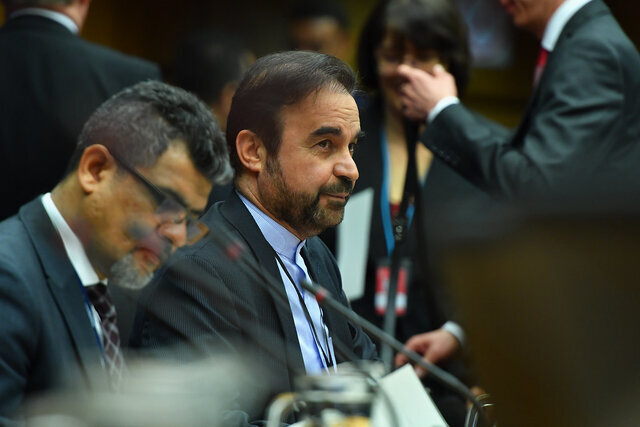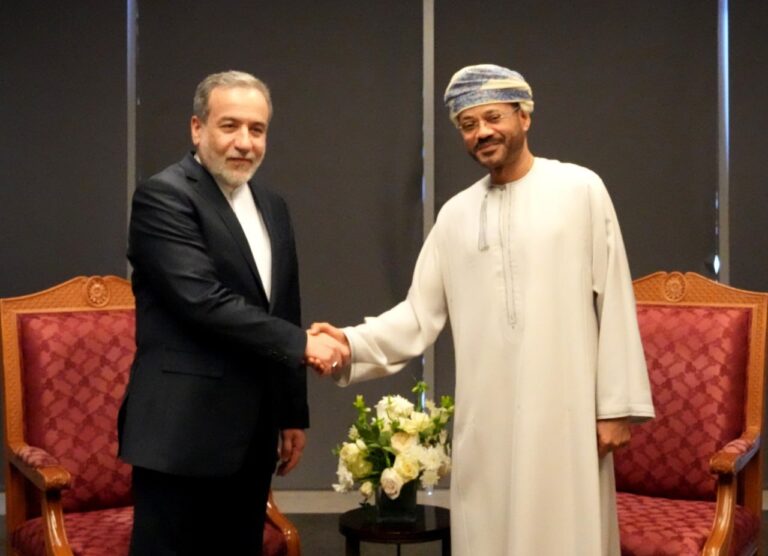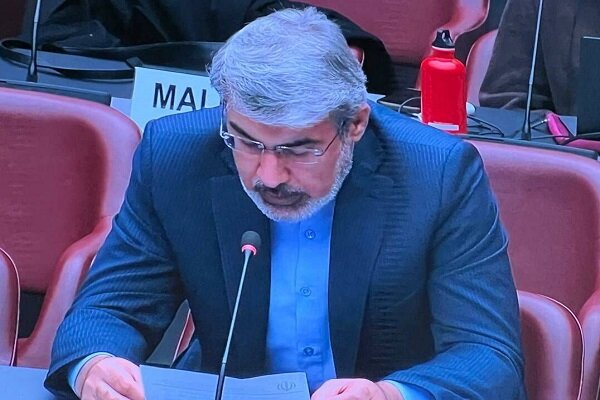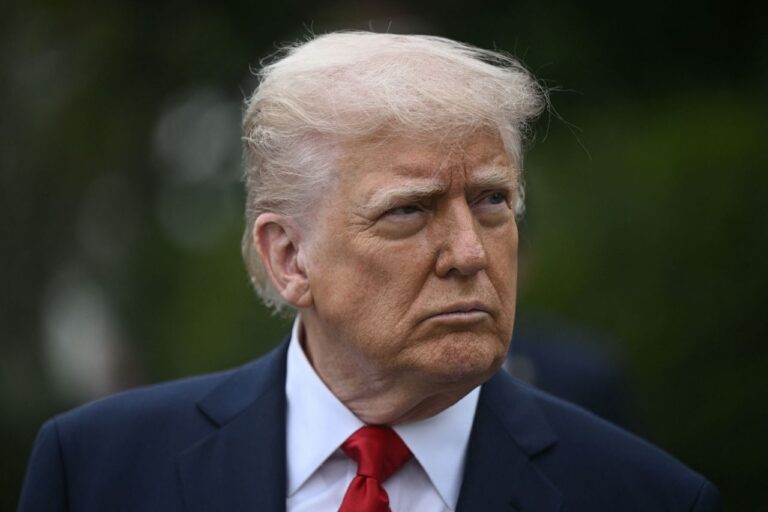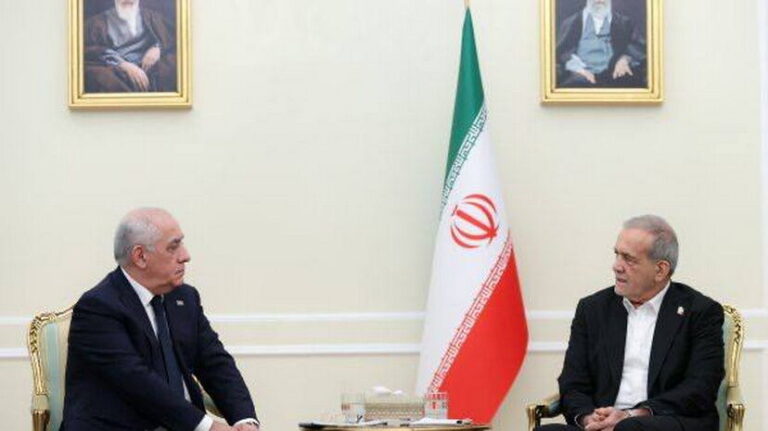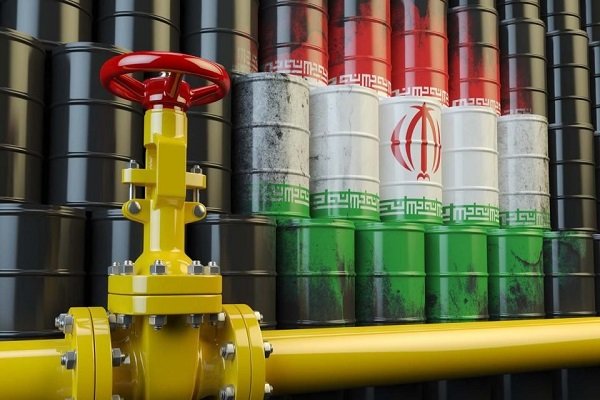Iran’s IRGC Reveals Massive ‘Underground Missile Megacity’ to Boost Military Might
On Tuesday, Iran unveiled a new military facility showcasing its impressive arsenal of surgical strike ballistic missiles. This significant event drew the attention of key military leaders, including Major General Mohammad Bagheri, Chief of Staff of the Iranian Armed Forces, and Brigadier General Amir Ali Hajizadeh, Commander of the Aerospace Division. The facility is a testament to Iran’s growing military capabilities and its commitment to enhancing its defensive strategies.
During the unveiling, various Iranian news outlets shared footage of the high-ranking officials touring the expansive center, which houses a wide array of advanced missiles, including:
- Kheybar Shekan
- Martyr Haj Qassem
- Qadr-H
- Sejjil
- Emad
The Kheybar Shekan-1 missile is particularly notable for its ability to counter the United States’ THAAD missile system, while its successor, the Kheybar Shekan-2, is engineered to evade interception. The THAAD system is known for its destructive capability, targeting threats up to 200 kilometers (approximately 124 miles) away.
In addition to the Kheybar Shekan missiles, the Martyr Haj Qassem missile is named in honor of General Qassem Soleimani, a key figure in the fight against terrorism who was killed in a U.S. drone strike in 2020. This naming underscores the strategic significance of the missile within Iran’s military narrative.
Furthermore, the Qadr-H missile boasts an impressive range of 1,700 kilometers (1,056 miles), while the Emad and Sejjil missiles are categorized as effective medium-range ballistic projectiles that enhance Iran’s overall firepower.
General Bagheri, during his address to the facility’s personnel, remarked, “Iran’s iron fist is far stronger [today] than before.” He emphasized that the military capabilities achieved are significantly more robust than those demonstrated during previous operations.
Bagheri further stated that the advancements made in Iran’s military capabilities are “ten times stronger” than those deployed during the earlier Operation True Promise I and II. These operations, which took place last year, were a direct response to perceived Israeli aggression.
These retaliatory strikes showcased Iran’s capability to launch hundreds of ballistic missiles and drones, effectively hitting Israeli military and intelligence targets with precision. Iranian officials have consistently highlighted that only a small fraction of Iran’s military might was utilized during these operations, indicating a reservoir of potential that remains untapped.
As Bagheri noted, the speed at which Iran is enhancing its military capabilities is significantly outpacing that of its adversaries. He remarked, “The enemy will definitely fall behind in this balance of power.” This statement reflects Iran’s confidence in its ongoing development and empowerment of the Armed Forces.
The unveiling of this facility and the information shared during the event signal a clear message of deterrence from Iran. The country is committed to developing its military technology and capacity, reinforcing its strategic position in the region. As tensions continue to rise, Iran’s focus on strengthening its defensive capabilities will likely play a crucial role in shaping future geopolitical dynamics.
In summary, the recent unveiling of Iran’s military facility highlights the nation’s focus on advancing its ballistic missile technology and overall military readiness. With a robust array of missiles like the Kheybar Shekan and Qadr-H, Iran demonstrates its commitment to maintaining a formidable defense against external threats.
This event not only showcases Iran’s technological advancements but also serves as a reminder of the ongoing regional tensions and the importance of military preparedness in the face of potential conflict.
